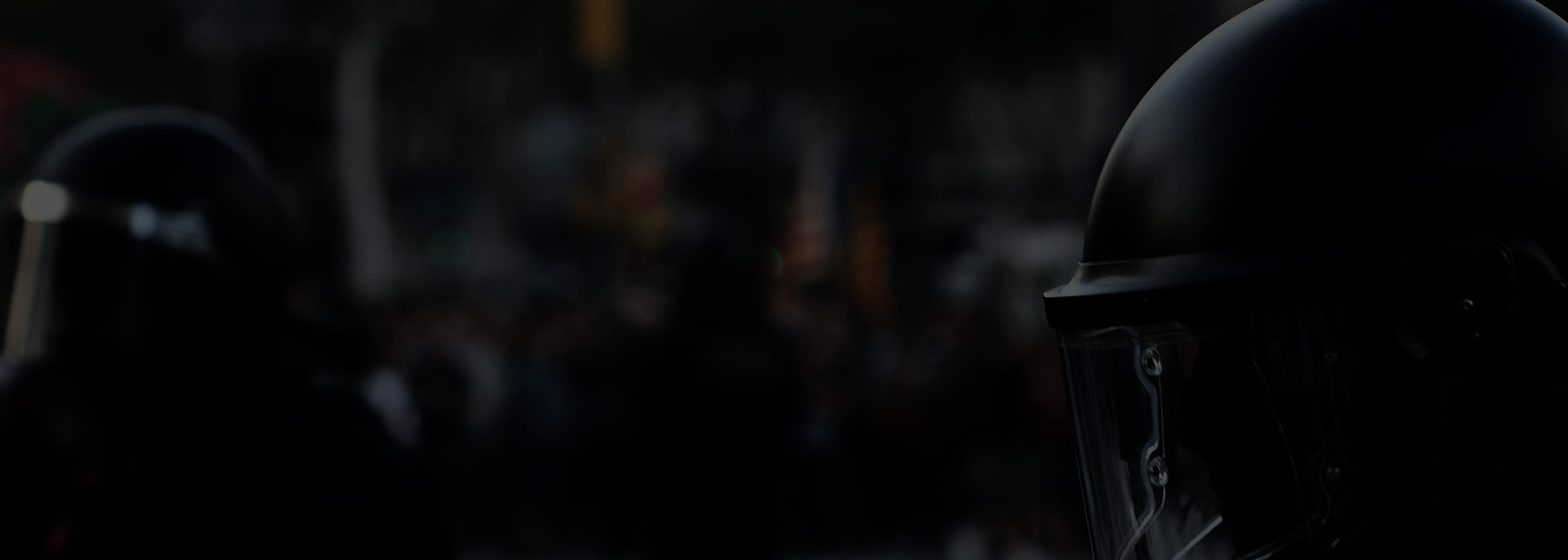
Introduction:
Filmmaking is a collaborative art form that relies on the seamless coordination of various talents, departments, and creative minds. At the heart of this intricate dance is communication—a dynamic force that ensures everyone involved is on the same page, working towards a common vision. In this blog post, we’ll explore the paramount importance of communication on a film set and how it serves as the linchpin for a successful production.
Unity in Vision:
- Communication acts as the conduit through which the director’s vision is shared with every member of the crew. A unified vision is essential for ensuring that everyone is working towards the same creative goal. Clear and effective communication lays the foundation for this shared understanding.
Coordination Among Departments:
- A film set is a bustling ecosystem with various departments working in tandem. From cinematography to costume design, sound to set design, each department contributes a piece to the larger puzzle. Communication ensures that these pieces fit seamlessly, avoiding conflicts and fostering collaboration.
Efficient Time Management:
- Time is of the essence in filmmaking, and efficient communication is the key to managing it effectively. From call sheets to shooting schedules, every piece of information needs to be conveyed promptly and accurately. Clear communication prevents delays, keeps the production on schedule, and maximizes productivity.
Creative Collaboration:
- Filmmaking thrives on collaboration, and effective communication is the lifeblood of creative synergy. When ideas flow freely and feedback is constructive, the result is a collaborative environment where the creative energy of the entire team is harnessed to elevate the project.
Adaptability to Changes:
- The fluid nature of filmmaking often requires quick adaptation to changes—be it in the script, shooting locations, or unforeseen challenges. Effective communication ensures that everyone is informed of changes promptly, allowing the team to adjust and problem-solve with agility.
Clarity in Direction:
- Directors play a pivotal role in shaping the narrative and performances. Clear and precise communication of directorial expectations, vision, and feedback is essential for actors and crew members to understand their roles and deliver performances that align with the director’s vision.
Safety on Set:
- Safety is a paramount concern on a film set, where numerous moving parts come together. Communication about safety protocols, emergency procedures, and potential hazards is crucial to creating a secure working environment. Everyone needs to be aware of their role in maintaining a safe set.
Problem Solving and Troubleshooting:
- Filmmaking is not without its challenges, and effective communication is key to problem-solving. When issues arise, whether technical, logistical, or creative, a culture of open communication allows for collaborative troubleshooting, preventing small hiccups from escalating into major roadblocks.
Feedback and Constructive Criticism:
- A healthy feedback loop is essential for growth and improvement. Constructive criticism and feedback are vital components of this loop. Clear communication channels ensure that feedback is delivered in a manner that fosters growth rather than hindering morale.
Motivation and Morale:
- Positive and transparent communication contributes to a healthy work environment, boosting motivation and morale. When the team feels informed, supported, and acknowledged, they are more likely to approach their work with enthusiasm and dedication.
Efficient Post-Production Workflow:
- Communication is not limited to the production phase; it extends into post-production. Clear communication between editors, sound designers, visual effects artists, and other post-production teams is essential for ensuring a smooth workflow and achieving the desired final product.
Building a Collaborative Culture:
- Ultimately, effective communication contributes to the cultivation of a collaborative and inclusive culture on the film set. When everyone feels heard, valued, and respected, it creates an environment where creativity flourishes, and the entire team becomes a united force working towards a common goal.
Conclusion:
Communication is the backbone of a successful film production. It weaves through every aspect, connecting the intricate threads of creativity, logistics, and teamwork. The importance of fostering clear, open, and respectful communication cannot be overstated, as it not only ensures the efficient execution of the project but also contributes to a positive and collaborative filmmaking experience for everyone involved. From the first brainstorming session to the final edit, effective communication is the silent director guiding the symphony of cinematic creation.





